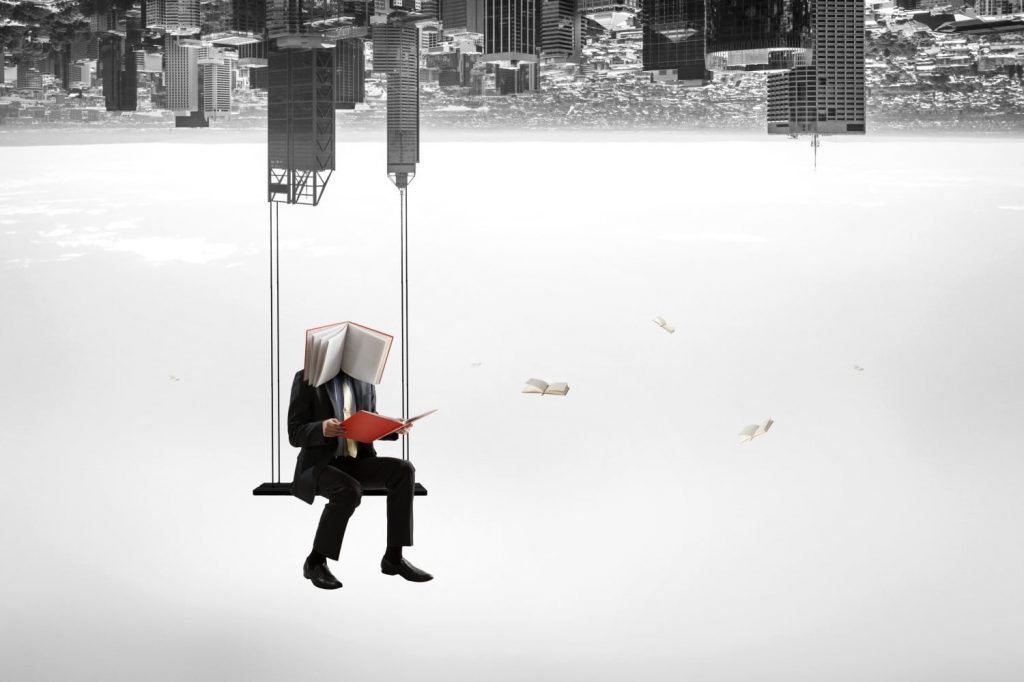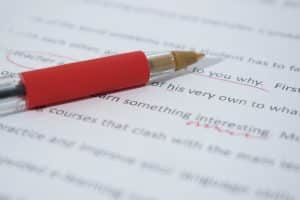Many authors know they have a story to tell, but aren’t sure exactly how to tell it. Maybe you’ve started writing, but you need something more to bring the words to life. Particularly if you’re a new author, you may still be figuring out your style—what makes your writing stand out, and how to deal with your subject matter in the most effective way.
We’ve all heard of certain literary devices, like metaphors and symbolism. But this is just the beginning. There are all kinds of literary devices that can help build a narrative, engage readers, bring characters alive, or highlight your book’s themes.
Many literary devices serve to help authors stick to the golden rule of “show, don’t tell.” A rule of thumb for all quality writing, this encourages authors to describe their characters, setting, themes, and story in less direct ways. Instead of telling readers that your character has a cold, you can show them sneezing, or perhaps even just feeling chilly when other characters are comfortable. Working to piece things together is part of what engages readers. Many literary devices offer clever ways to do this. Other devices can help make language more engaging, make the reader think, or paint a picture of your characters.
But here we are “telling” instead of “showing.” Let’s look at some examples.
Metaphors and similes
These are perhaps the most familiar of literary devices and are easy to overuse. But when applied sparingly, they’re powerful tools for description.
Metaphors liken one concept, object, or experience to another, by saying it “is” something else. An example could be saying “the hot pavement was a scorching desert.”
Similes accomplish the same thing more gently, with words such as “like” or “as.” It’s probably the most common literary device in writing and is frequently used in regular speech as well. A simile could say “the hot pavement was like a scorching desert” or “the pavement was as hot as a scorching desert.”
These devices can help readers become immersed in the description. Either one is more interesting than saying “the pavement was very hot.” But be judicious, overusing these devices is a hallmark of amateur writing.
Imagery
As perhaps the most fundamental literary device, you shouldn’t plan to write fiction without it, although some authors may use more than others. This is “show, don’t tell” in action, where you paint a picture of a scene, character, or other elements. It allows the reader to experience your world.
For example, “the bright, shining sunlight beamed down on the dirty, rough pavement.”
It can appeal to anyone of the reader’s five senses, not all imagery is visual. Imagery can also describe sounds, smells, tastes, and textures.
Juxtaposition
Juxtaposition uses two contrasting elements to highlight each other. This can be used on the larger scale of your story structure, or on a smaller scale in your language. In your story, your character could get bad news followed by good news (or the vice versa), making both more impactful.
In language, you could describe a character stepping from “the frigid stream onto the nearby scorching pavement.”
Isocolon
Here, we start to get into less widely understood literary devices. And yet, we’ve all heard this one used. An isocolon uses parallel rhythm and grammatical forms as a rhetorical device. Perhaps the most famous example is the opening lines of A Tale of Two Cities by Charles Dickens.
“It was the best of times, it was the worst of times, it was the age of wisdom, it was the age of foolishness, it was the epoch of belief, it was the epoch of incredulity, it was the season of Light, it was the season of Darkness, it was the spring of hope, it was the winter of despair…”
Isocolons can be used as a persuasive device for lawyers and politicians, but can also impart balance and rhythm to literary language. In this example, the repetition of “it was” helps emphasize the characteristics that follow.
They can also be as short and simple as “the sun shone, the ground thawed.”
Motif
This is a concept or piece of imagery used repeatedly throughout a story to help illustrate the broader theme. It’s a way to keep returning to your theme, and once again, to show rather than tell. In a motif, a simple object or concept is used to represent a much broader idea and can arise again and again through a story.
A well-known example could be the use of light and dark in The Lord of the Rings by J.R.R. Tolkien, to represent the struggle between good and evil—or more subtly, the use of singing to represent friendship and togetherness.
In our example of hot pavement on a summer’s day, perhaps heat could be used throughout a novel to represent tension or passion.
Using literary devices
This is just the tip of the iceberg (quick, which device was that?). There are many different literary devices available to accomplish different goals. While it’s important not to overuse one type of literary device, you may find that you gravitate toward certain ones as a way to tell your story. This is part of how authors find their style and paired with restraint and balance, can bring character and distinctiveness to your writing, while making your world come alive for readers.







